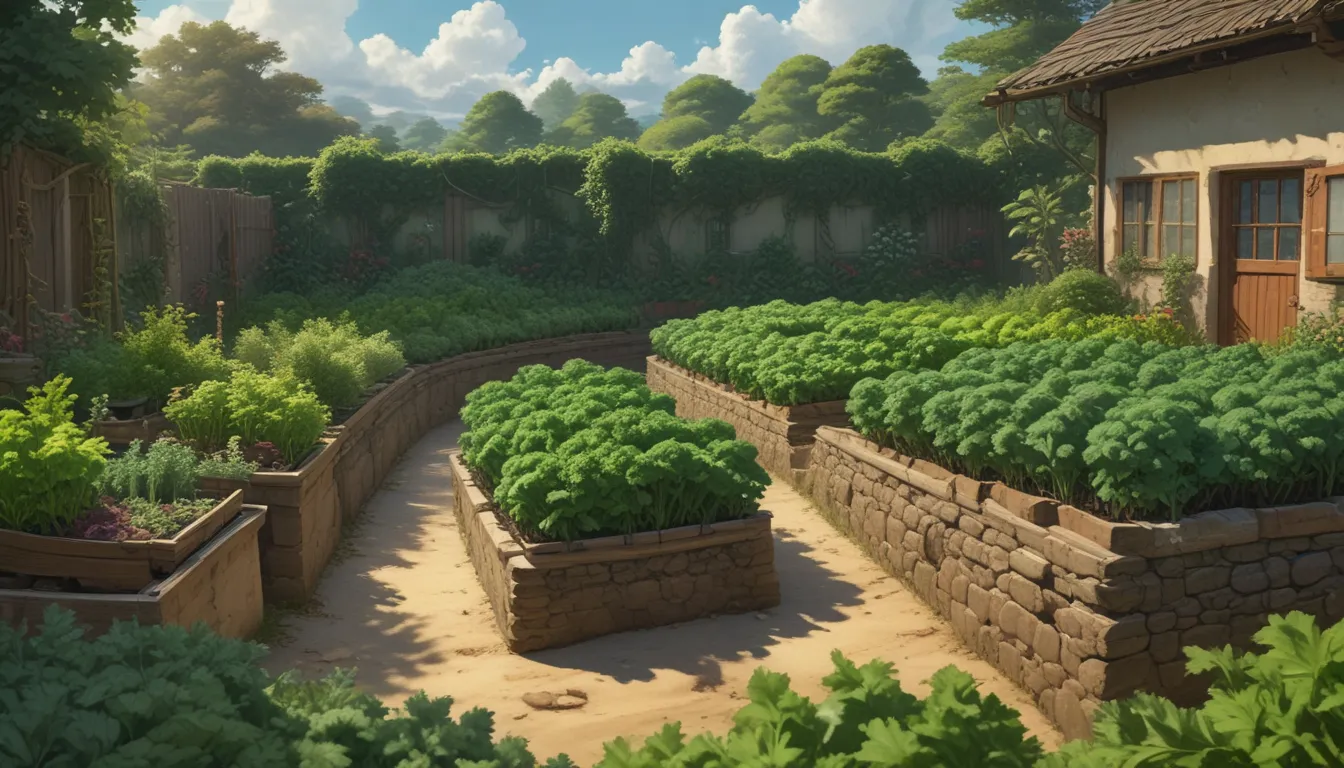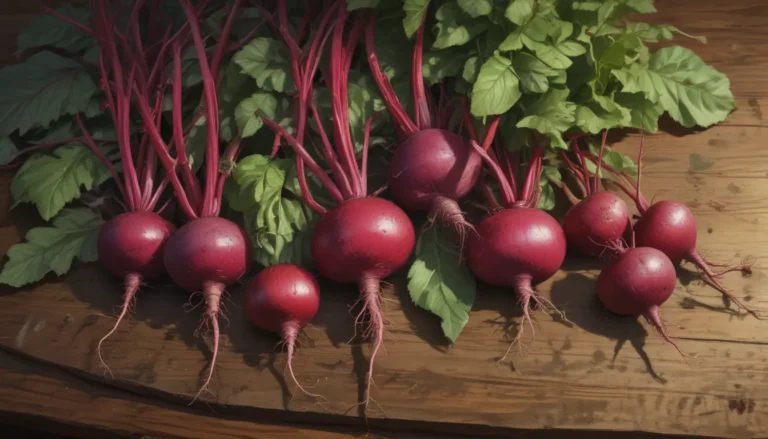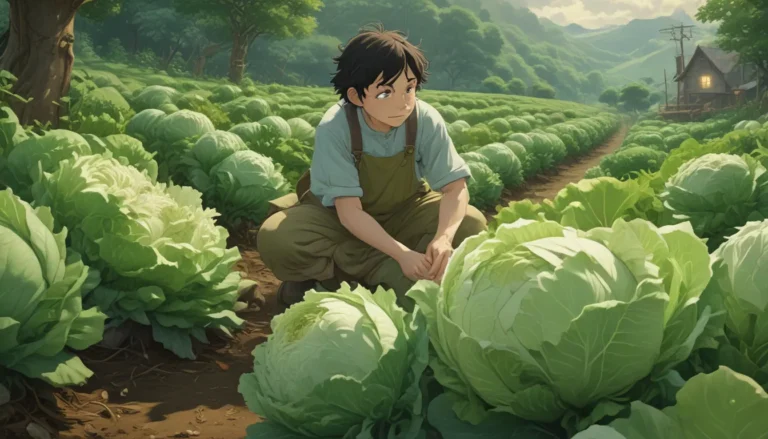How to Keep Your Kale Fresh and Crisp in the Garden

If you’re a fan of kale, you’re not alone. Its nutritional benefits have made it a popular choice among chefs and home cooks alike. If you’ve decided to plant kale in your garden, you may encounter the issue of wilting leaves.
But fear not! In this article, we’ll explore the reasons behind wilting kale leaves and how you can prevent or remedy this issue.
Understanding Kale’s Needs
Timing Is Everything
Kale is a cool-weather crop that thrives in temperatures below 70°F. Planting your kale at the right time is crucial to its health. Keep an eye on the weather and adjust your planting schedule accordingly to avoid wilting due to heat.
Whether you’re planting in the spring or fall, understanding your local climate and the right planting times is key to maintaining healthy kale plants.
Before You Plant
Preparing your soil is essential for healthy kale plants. Make sure to use well-drained soil rich in organic matter. Amend the soil with compost before planting and fertilize as needed throughout the growing season.
For a spring crop, consider providing partial shade in the afternoon or using a shade cloth to prevent overheating and wilting. Fall-planted kale can typically tolerate full sun.
Water, Water, Water
Consistent moisture is vital for kale plants. Aim for one to two inches of water per week and mulch around your plants to retain moisture. Ensure your kale beds are free of weeds to maximize water availability to your plants.
Dry leaves are more likely to wilt, so proper watering is crucial for preventing this issue.
Look Out for Pests and Diseases
Fungal diseases, thrips, and aphids can all contribute to wilted kale leaves. Keep an eye out for small dark spots indicating a fungal infection, and treat with a fungicide promptly. Thrips and aphids can also cause wilt and should be managed with insecticidal soap or neem oil.
Regularly inspect the undersides of your kale leaves for pests and consider using a strong spray of water to deter them.
Tips for Thriving Kale Plants
By following these simple guidelines, you can keep your kale plants healthy and free from wilting:
- Plant at the right time for your climate to avoid heat-related wilting.
- Prepare the soil with compost and fertilize as needed.
- Provide adequate water and mulch to retain moisture.
- Keep your kale beds weed-free to ensure optimal water availability.
- Monitor for pests and diseases and treat promptly.
By taking these steps, you can enjoy thriving kale plants in your garden with crisp, fresh leaves ready for harvest.
If you’ve dealt with floppy kale leaves before, share your tips and tricks in the comments below. Your experiences can help others facing similar challenges in their gardens.
For more information on growing kale, check out these articles:
- What Causes Yellowing and Thinning of Kale Leaves?
- 6 Best Types of Kale for Cold Climates
- How to Harvest Kale
Remember, successful gardening is all about understanding your plants’ needs and providing the right care at the right time. With these insights, you can keep your kale plants healthy and vibrant throughout the growing season.





